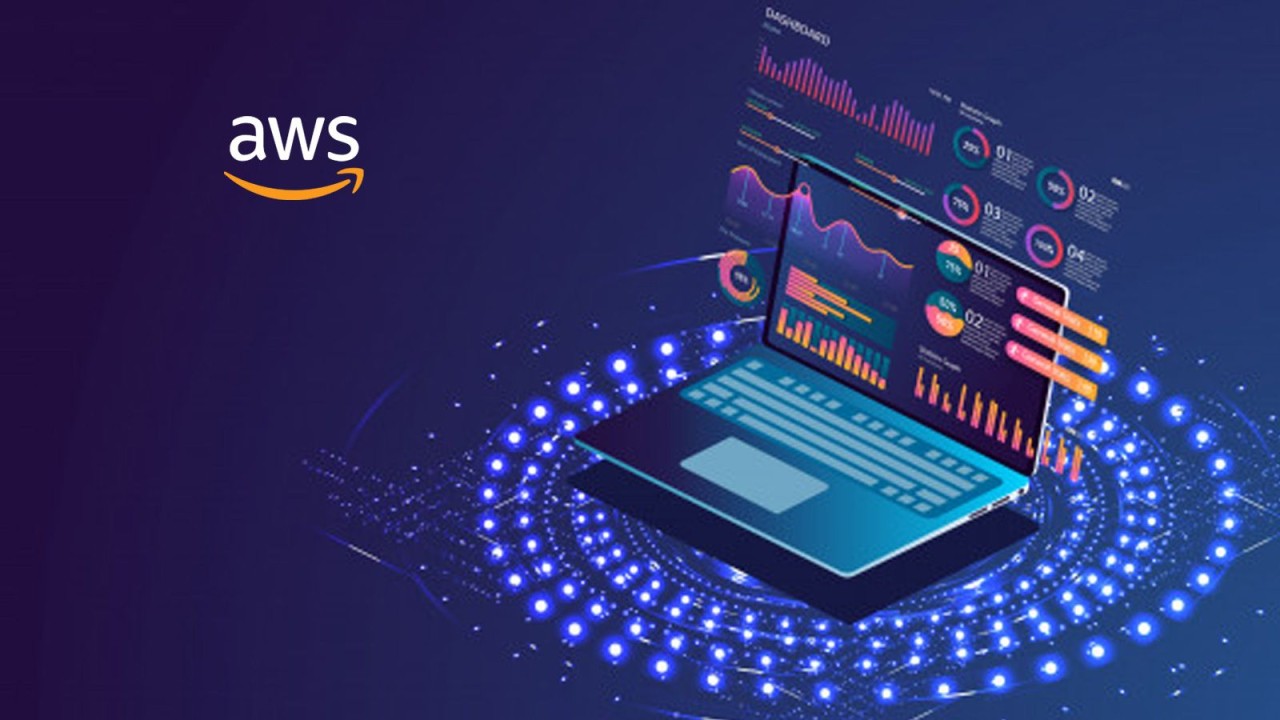Description
Introduction of Edge Computing:
Edge computing is revolutionizing the way data is processed, analyzed, and utilized by bringing computation and data storage closer to the data source. This course delves into the principles and practices of edge computing, focusing on how it complements and extends cloud capabilities. Participants will explore the architecture of edge computing, its integration with cloud services, and real-world use cases. The course covers the benefits of edge computing in terms of reduced latency, enhanced performance, and improved security. It is designed for IT professionals, cloud architects, and developers who want to understand and implement edge computing solutions to optimize cloud-based applications and services.
Prerequisites:
- Basic Knowledge of Cloud Computing: Understanding of cloud computing concepts and architectures.
- Experience with IT Infrastructure: Familiarity with network architecture and data management.
- Understanding of Data Processing: Basic knowledge of data processing and analytics principles.
- Experience in Software Development: Familiarity with programming concepts and technologies is beneficial.
Table of Content:
- Introduction to Edge Computing
1.1. Overview of Edge Computing
1.2. Differences Between Edge Computing and Cloud Computing
1.3. Benefits of Edge Computing
1.4. Use Cases and Applications of Edge Computing - Edge Computing Architecture and Components
2.1. Key Components of Edge Computing Architecture
2.2. Edge Devices and Gateways
2.3. Edge Nodes and Data Processing Units
2.4. Connectivity and Communication Protocols
2.5. Case Studies: Edge Computing Architecture Examples - Integrating Edge Computing with Cloud Services
3.1. Overview of Edge-Cloud Integration
3.2. Architectures for Hybrid Edge-Cloud Solutions
3.3. Data Synchronization and Management Between Edge and Cloud
3.4. Leveraging Cloud Services for Edge Computing (AWS Greengrass, Azure IoT Edge, Google Edge TPU)
3.5. Case Studies: Successful Edge-Cloud Integrations - Edge Computing for Real-Time Data Processing
4.1. Real-Time Data Collection and Analysis at the Edge
4.2. Implementing Low-Latency Data Processing
4.3. Edge Computing for IoT and Smart Devices
4.4. Case Studies: Real-Time Data Processing with Edge Computing - Security and Privacy in Edge Computing
5.1. Security Challenges in Edge Computing
5.2. Implementing Security Measures at the Edge
5.3. Data Encryption and Privacy Practices
5.4. Managing Edge Device Security and Access Controls
5.5. Case Studies: Security Best Practices for Edge Computing - Scalability and Performance Optimization
6.1. Scaling Edge Computing Solutions
6.2. Performance Optimization Strategies for Edge Computing
6.3. Resource Management and Load Balancing
6.4. Monitoring and Analytics for Edge Performance
6.5. Case Studies: Optimizing Performance in Edge Computing Environments - Edge Computing in Various Industries
7.1. Healthcare: Enhancing Patient Monitoring and Diagnostics
7.2. Manufacturing: Smart Factories and Predictive Maintenance
7.3. Transportation: Intelligent Traffic Management and Autonomous Vehicles
7.4. Retail: Personalized Customer Experiences and Inventory Management
7.5. Case Studies: Industry-Specific Applications of Edge Computing - Deploying and Managing Edge Computing Solutions
8.1. Deployment Strategies for Edge Computing
8.2. Managing and Monitoring Edge Devices
8.3. Edge Computing Platforms and Tools
8.4. Troubleshooting and Maintenance of Edge Solutions
8.5. Case Studies: Deployment and Management of Edge Computing Solutions - Future Trends and Innovations in Edge Computing
9.1. Emerging Trends and Technologies in Edge Computing
9.2. The Role of AI and Machine Learning in Edge Computing
9.3. Innovations in Edge Device Technology
9.4. Preparing for Future Developments in Edge Computing
9.5. Case Studies: Future Trends and Innovations in Edge Computing - Hands-On Labs and Exercises
10.1. Setting Up and Configuring Edge Devices
10.2. Implementing Edge Computing Solutions with Cloud Integration(Ref: Securing Cloud Networking: Strategies for Protecting Cloud Infrastructure)
10.3. Developing Applications for Real-Time Data Processing at the Edge
10.4. Securing Edge Devices and Data - Conclusion and Next Steps
11.1. Recap of Key Concepts and Best Practices
11.2. Exploring Certification Paths for Edge Computing Professionals
11.3. Resources for Continued Learning and Professional Development
Conclusion:
This certification equips professionals with the essential skills to harness edge computing to extend cloud capabilities, improve performance, and optimize resource utilization. By mastering these competencies, candidates can effectively contribute to their organizations’ digital transformation strategies and leverage the benefits of edge computing.






